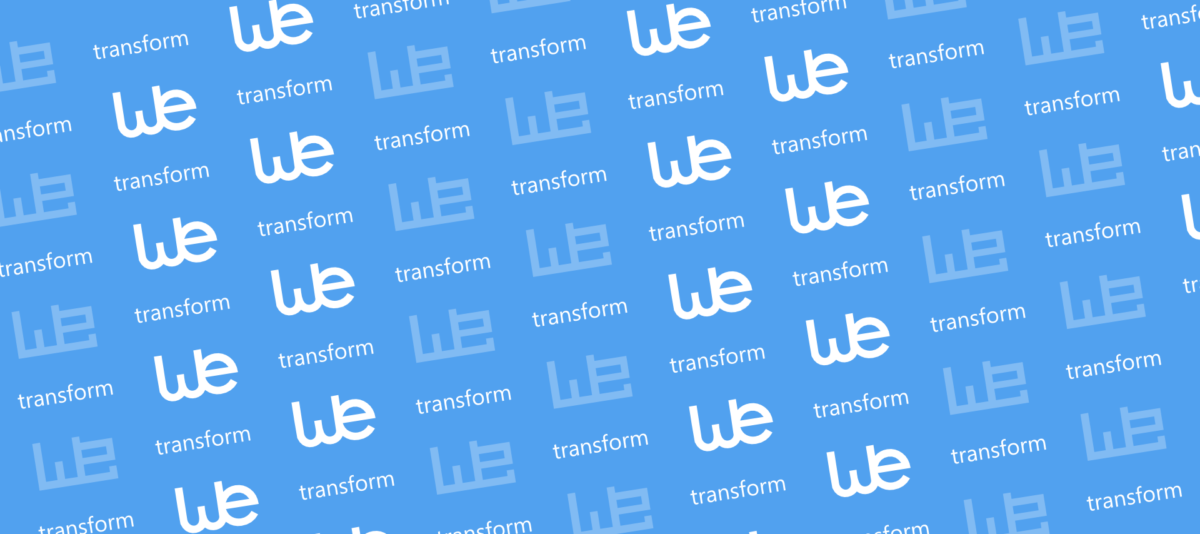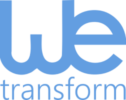
How wetransform offsites
When a company leadership plans a team offsite, they think about questions like: are we on track? Are we going to reach our goals? Are the teams performing as we'd like them to? But, is there more to a team offsite, or should we really and only expect never ending presentations, weird team building exercises and forced fun activities? I have been to over 20 team offsites; some good and some bad, but they would all somehow fit the pattern mentioned above. Until this January, that is.
In July 2017 I joined wetransform, a startup in Darmstadt, Germany specialized in (spatial) data harmonization with a focus on the INSPIRE implementation. As in many startups in the IT industry, the team of ten people is agile and flexible, often wearing several hats and representing different roles at the company. Wetransform also supports remote work, so we have team members in the Netherlands and Switzerland and cities like Cologne and Frankfurt, while other team members simply work from home in Darmstadt to better align family and work life.
Frankly, the responsibilities get mixed up from time to time, especially when we have new members joining the team, and the responsibilities might become, well, fluid. So, as our team grew, we needed to implement more structures and to define the roles better. In September 2017, all team members received a team offsite invitation to spend four days in Bezau, a small ski resort in Austria for our annual team meeting.

And there it was, the first difference, at least from my experience: everyone was going to the offsite. No filters in the invitation, no exceptions, no office manager left behind. Everyone was included and invited!
After that offsite, I decided to share my key learnings, with a fair note that most of it rather applies to teams with up to 20 people. For larger teams, there will be different aspects to consider.
Plan ahead
It is easy and somewhat tempting to pack the agenda for the team offsite full of information and data to be processed. After all, it is a unique opportunity to have all people at the same place, not doing business as usual and therefore being able to process all that information in the two days away from the office. Well, it is not. If people must process this super huge amount of data, when will they have the time to discuss and act on it?
This is why we decided to plan two months ahead and assign some homework to all team members. When the team was at the offsite, they already had the bits and pieces needed for further work.
There are many different methods for this, but simple exercises such as preparing company outline materials (yes, numbers and goals are included, you cannot get around that) and then asking all team members to create 2-3 slides with some specific inputs will do the work.
Everyone is invited
When announcing and implementing structural team changes, make sure to pass that information through the team channel. Every change is more likely to be accepted and implemented if team members are included from the beginning and if they have a chance to contribute to the changes. At Wetransform, we decided to restructure our teams and define the roles better, so that everyone knows who is responsible for what and who can contribute to it. With that in mind, we sat together and drafted our internal Service Level Agreements (SLAs) between the teams. Those SLAs will then be signed off by the teams and implemented.
For example, we want to ensure that we deliver high quality service and products to our customers. If Wetransform as a company wants to achieve this goal, all team members need to have a clear picture of the team capacity, scope of work and client needs. And, all of that needs to be very well aligned with our products and services – no overpromising, no missed opportunities! Again, there are many methods on how to align the company goals with the team goals and responsibilities. At Wetransform, we decided to use the OKR method.
Think about your customer
Yes, of course, the purpose of every company is to reach defined metrics and goals in terms of revenue and sales and to make some profit at the end. And for that you need products, services and a brand. However, all of this will not be worth much without a customer who needs and likes your offerings. We used the team offsite to reach a shared understanding of that, both customer and non-customer facing roles alike. Everybody should have clarity on what is important for the customers and how they can address their needs.
At Wetransform, one of our core values is that everybody in the team knows what all others are contributing to the team and to the customer’s success. We don’t want to have siloes or, even worse, internal conflict lines e.g. between revenue and product teams. It’s also important to us that whatever internal communication would become public, we could be proud of it.
This alignment should not just be an exercise for the offsite, but has to become part of the team’s habits in day-to-day work. A well-founded, open and clear team collaboration is the foundation for this part. With many communication and collaboration tools available, every team needs to find its best approach. We are using combined collaboration tools with Slack being the central communication and integration point, and with the lately added Guru integration.
Be transparent and address real challenge
If you are going to expand your team, make sure everyone is aware of that. If people are leaving to pursue other career opportunities, make sure to announce that early enough. If the numbers are challenging, make sure all team members understand it, and then give them a chance to contribute. And there is no better place to summarize all of that, than during an offsite. One might think that the Product development team cannot contribute to your sales goals, but that just might be a mistake. As part of the Revenue (Sales & Marketing) team, I was overwhelmed by the great input that came from our Product Team in terms of how to reach our goals. A fresh, yet still internal perspective, can do wonders.
We also added an edge to the internal perspective, by inviting our soon to be colleague to join the team offsite. While the offsite took place starting from January 21st, our colleague will join us by the end of February. It was another fresh perspective that added much value to our planning.

Have a clear agenda and plan some fun time
Do not push the fun activities. You cannot force fun. No one can... except for the Try not to laugh challenge videos, but that is different.
But you can prepare the agenda, so it has time for fun and team bonding and development. In our case, options included skiing, sledging, or a simple walk in the snow. People are different and so is their perception of fun – respect that. Also, make sure that everyone knows the agenda and what the ground rules are. For us, we developed a simple and clear code of conduct that was shared among all team members – input was always very welcome.
If you’re still looking for a super effective team development activity, here is our tip: cook and eat together. Who knows, you might just discover a hidden talent that adds value to the team.


